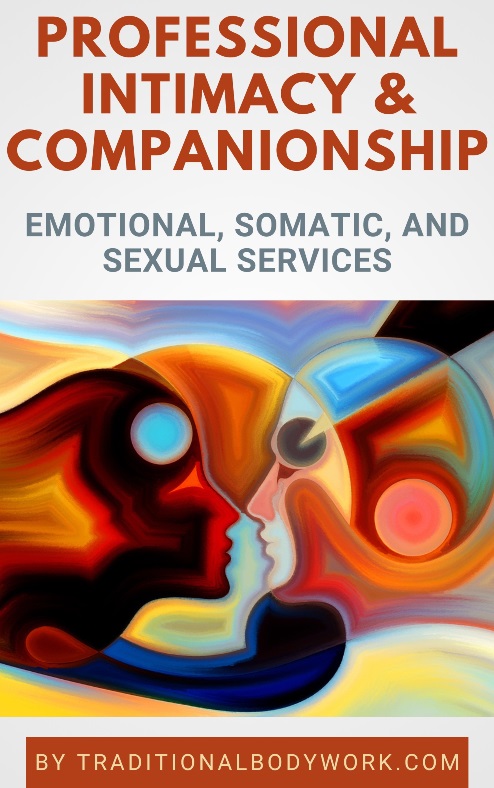
In some types of De-Armoring treatment modalities — such as breathwork therapy, shamanic work, or dance and movement therapies — sessions may be accompanied with suggestive music (also called evocative music) in order to create a particular atmosphere and help participants to access repressed emotional and traumatic experiences, or alternatively to help them to express emotions, or to guide them through a specific emotional stage.

The music selection and order of music played typically depends on the individual therapist who’d give their own focus, aim, and idea to the music selection. Often, the music used is instrumental, although it may contain vocal elements but then usually without recognizable words or lyrics, because the latter could bring the participant back to the world of logic, thoughts, and concepts.
Different types of instruments may be used, such as drums, singing bowls, electronic music, tuning forks, rattles, didgeridoos, and flutes, among others.
The music used may have a strong, highly repetitive beat in order to induce a certain emotional realm or climax, or it may rather be relaxing to get grounded again after a transformative experience. In general, different types of music, rhythms, and intensities may be used during a session, as such dividing sessions in a clear start, middle, and end part.
In addition, music may be chosen that has a certain character that suits the goal or stage of a session, such as sad, melancholic, breakthrough, meditative, euphoria, joyful, uplifting, and so on.

















